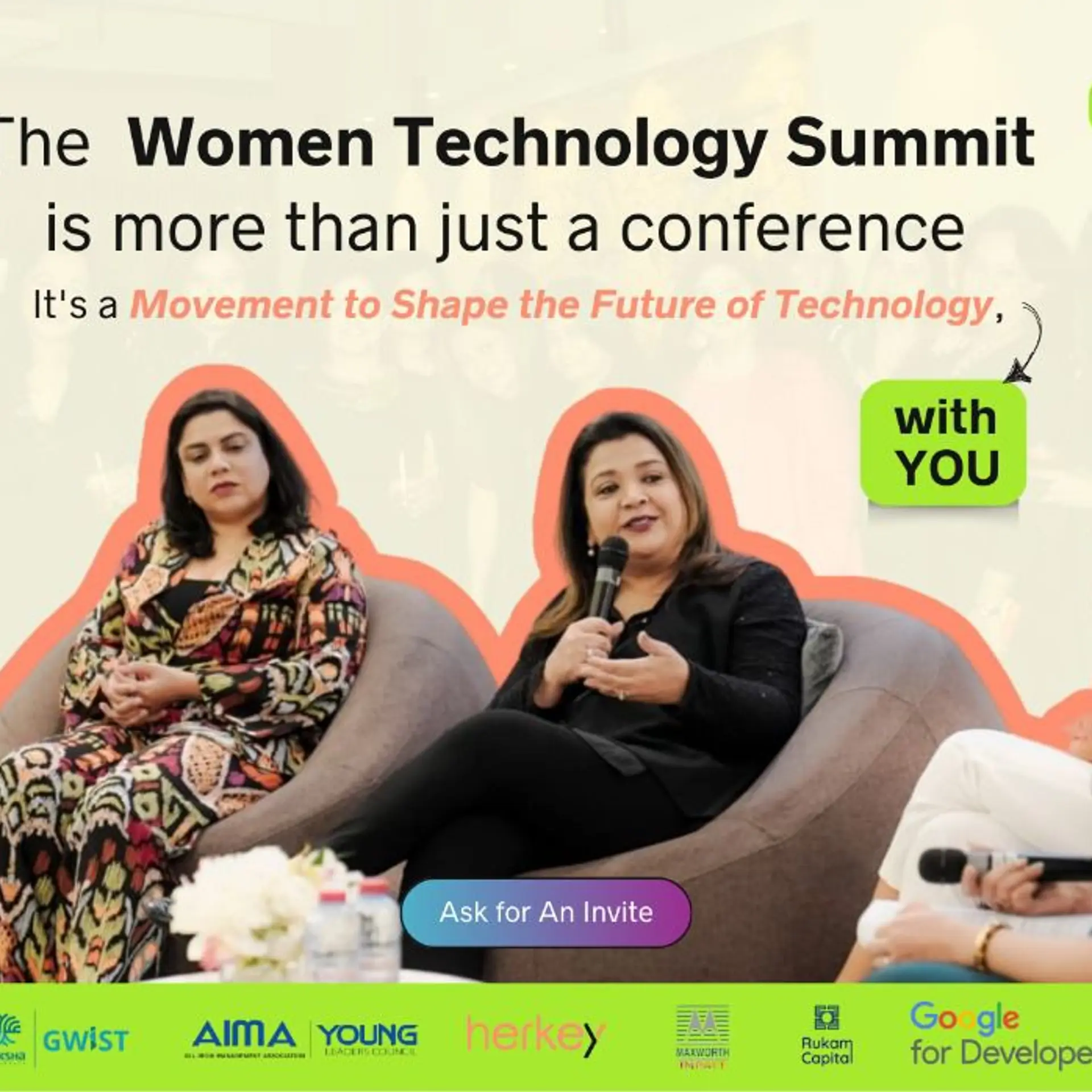Think modular, think IoT: 8 tips for product developers from Singapore Design Week
The Singapore Design Week 2015 kicked off with a panel on ‘Design Thinking: Creating Impactful Products,’ at the National Design Centre. Singapore is recasting itself as a regional hub not just for trade and finance but design and media as well, and the annual Design Week includes a range of seminars, workshops, exhibitions and awards at numerous locations around the city. In the first of a series of articles and photo essays from Singapore Design Week, we share eight practical tips for product developers.

Image credit "Shutterstock"
- Internalise design thinking principles
In a talk titled, ‘The fusion of art and science – creating sleek, functional and innovative products,’ Peter Arnoud Bensen showcased a range of innovative products, including construction blocks, wooden bikes and lighting systems. It is key to internalise design thinking methods and philosophy, he advised. He even referred to this state as ‘subconscious designer,’ one who designs by instinct. These principles include designing from inspiration, sketching out product concepts, digital rendering, prototyping, patenting and market scaling. Many design and tinkering skills begin in childhood, and should be nurtured right from that stage.
- Think IoT
Thanks to Internet of Things (IoT) technologies and tools, it is possible to make not just useful devices but smart devices. These include iSmart Tags, showcased by Terry Teh, Director of AdvInno Technologies during a talk titled ‘Design Thinking in Electronics.’ The SGD 50 tags have USB-rechargeable batteries and are used to track valuable items like phones and laptops which often get misplaced even within homes and offices. A collaboration between Peter Bensen, NTU professors and students led to the realisation of the Onewood Bicycle with body parts made from compressed wood by Singapore Company Pacific Forest; the bike is intended to be used as a share bike, with GPS and a BikeIt app to track routes and locations. (See also my review of the related book, ‘Code Halos.’)

- Think modular
Break down large problems into smaller ones, and large products into components. This helped Peter Bensen to come up with innovations like Cube-It, small metal Lego-like blocks which are very durable and can be used to build larger structures in a flexible and artistic manner. Modular thinking also requires you to stay in touch with component manufacturers on a regular basis, so as to share design considerations and emerging trends, said Tan Jun Yuan, industrial designer at T.Ware, a wearable tech startup which makes USD 599 smart pressure jackets with smartphone apps for individuals with autism.
- Use social media to gauge interest in your product and its features
Social media offer useful ways for developers to assess the strengths and weaknesses of a product and its features. “We do product feature tests on social media to gauge consumer interest,” said Tan Jun Yuan of T.Ware. The company joins a range of other startups incubated by National University of Singapore. “We make numerous loops back and forth between design, production and market. It is important to communicate with potential customers as much as you can,” said Tan.

- Look at use case scenarios before, during and after development
Much has been written about the importance of use case scenarios while sensing and designing product features, but it is as important to look at situations during regular usage after sales as well. These include power consumption of smart devices, said Terry Teh of AdvInno, and cases of breakdown, malfunction and servicing.
- Tap crowdfunding to test and grow your markets
Over the past few years, crowdfunding has emerged as a useful model to test whether customers and even investors are interested in an entrepreneur’s product. Peter Bensen is using crowfunding to scale and market more of his new products, such as SociaLight, a WiFi-enabled LED and sound system, which was inspired by deep-sea creatures he saw during his diving expeditions.

- Document your design journey
Thorough documentation is needed during the design phase so you can unearth assumptions, causal relations, success factors and failure linkages. Record-keeping is important for the assessment process, and documentation of customer needs and comments helps unearth new insights and overcome founder biases, advised Tan Jun Yuan of T.Ware.
- Tap valuable online resources
A number of online resources are available for innovators and product developers, so there is no excuse now for making obvious mistakes or being unaware of new design trends and approaches. Resources cited at the panel include Ash Maurya’s Lean Canvas, Cindy Alvarez’ tools for customer development, and Google Ventures’ Design Library. Lean Canvas was used by T.Ware to scope out the problem, solution types, customer segments, unique value propositions, ‘unfair’ advantage, channels, revenue streams, cost structure and key metrics. The startup was inspired by Stanford d.School’s advice of focus on human values in product design, such as balance between usability and desirability. (Also see my earlier framework, ‘The 8 Is of Design Thinking for Startups.’)

In the networking sessions, other participants shared examples such as the use of design thinking in insurance sector apps, exporting and fine-tuning products to new markets, and legal domain tools such as online databases of patents to check if similar products or components are already in the market.
In addition to online resources, a range of design labs, hackathons and do-tanks are springing up around the world, and countries like Singapore are actively nurturing design thinking at college and SME level. Its activities include the AIDI initiative (Asian Insights and Design Innovation) at the National Design Centre and the IDA Labs, where tools like 3D printers are available for makers, startups and tinkerers.







